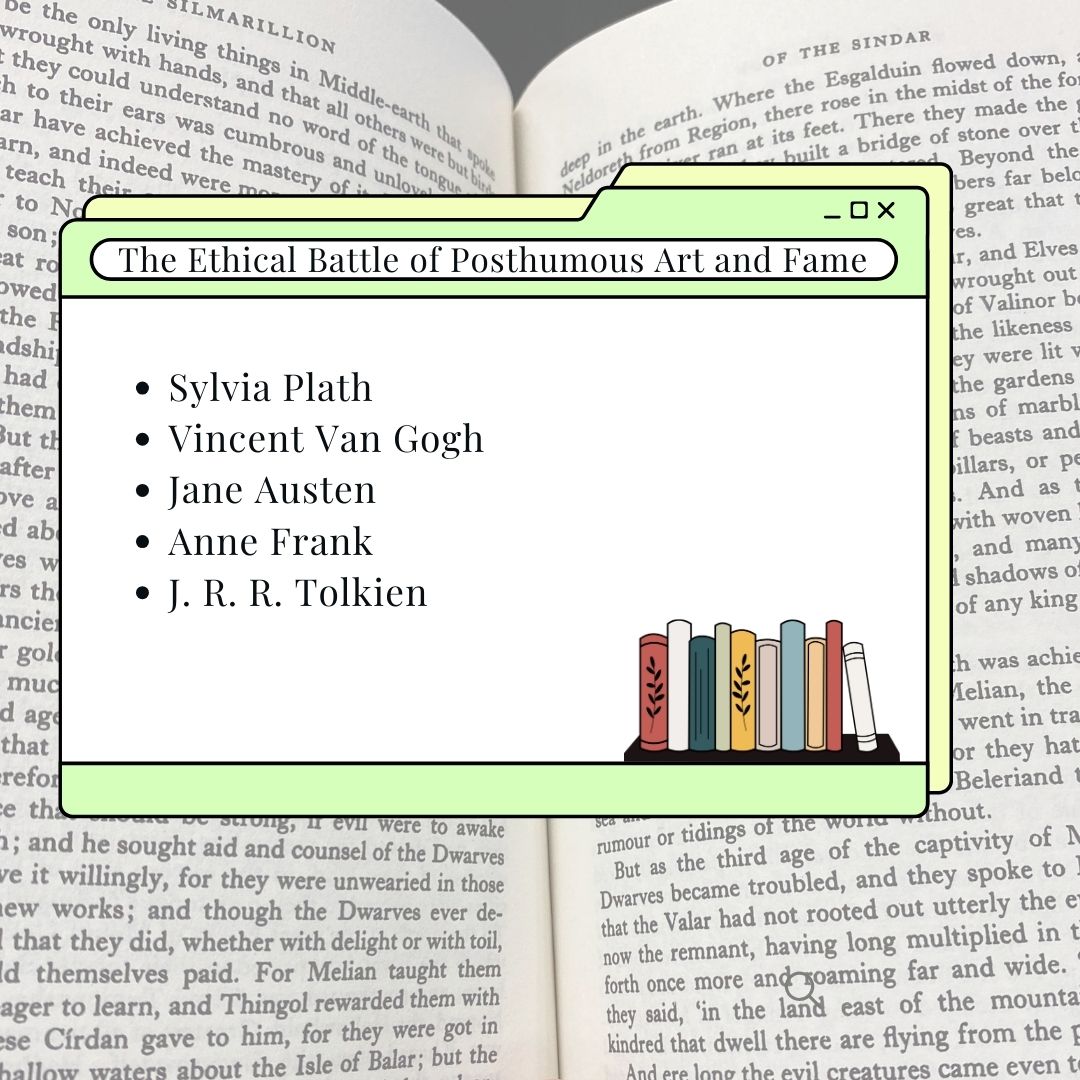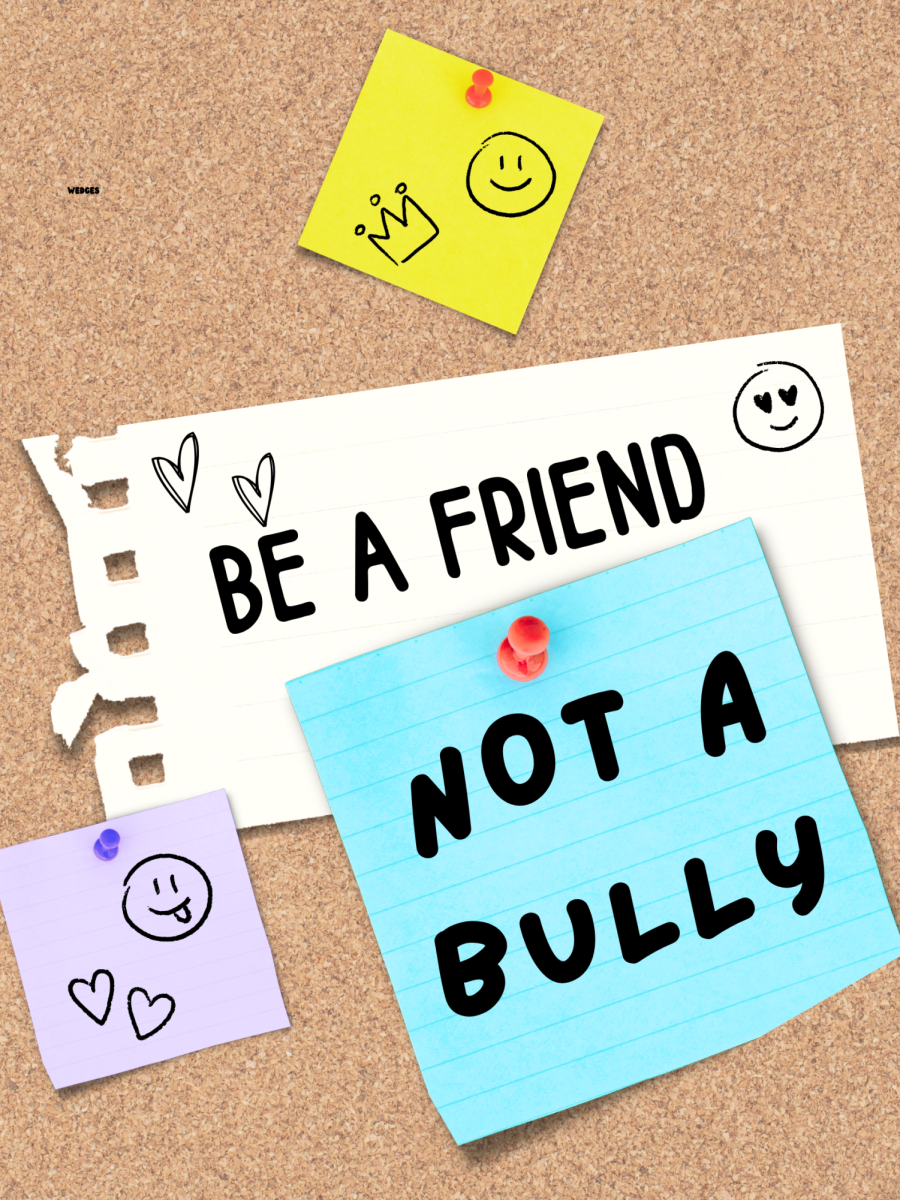The human mind relies on guilty pleasure and what we were never meant to be aware of. We crave it like we crave water and food. We, as greedy creatures, want more. This is part of the problem with posthumous publication. A person’s epitaph can be contorted so greatly that we must wonder if the view we have of them ever be true. Why do we pry and beg celebrities online for more glimpses of their lives? Why do we want to be more than what we are? Why are we not satiated with what we have?
An article by the Huffington Post, written by Gregory Beyer, includes an opinion about posthumous art I disagree with. A quote by Lloyd Jassin, a New York-based entertainment lawyer, said that if an author did not want their inflammatory work to be published posthumously then before death, they should destroy said work. Many times death is sudden and quite unexpected, so if an author waited until death to destroy a written work to avoid publication then of course there are so many unfinished pieces.
I then asked my fellow Tribe-mate, Bryanne Elie, what she thinks of posthumous publication as an avid reader herself. I gave her my original context, that being that humans yearn for more information and personal details and that the allowance of details of authors post-death is often given by people who took advantage of them she gave me a really insightful answer. She said that while it is a gray area and it is terrible that people who were taken advantage of in life are also in death it allows for humanization as well. With Anne Frank’s diary published we got to see the Holocaust from a first-person perspective because many of the details are anecdotes or artifacts. It’s personal and a bit intrusive but allows for empathy too. And concerning Sylvia Plath, people can better understand some techniques or allusions in her work.
Posthumous work has its place in literature but must be done in an empathetic and humanizing fashion, or else you could be taking advantage of the dead.















